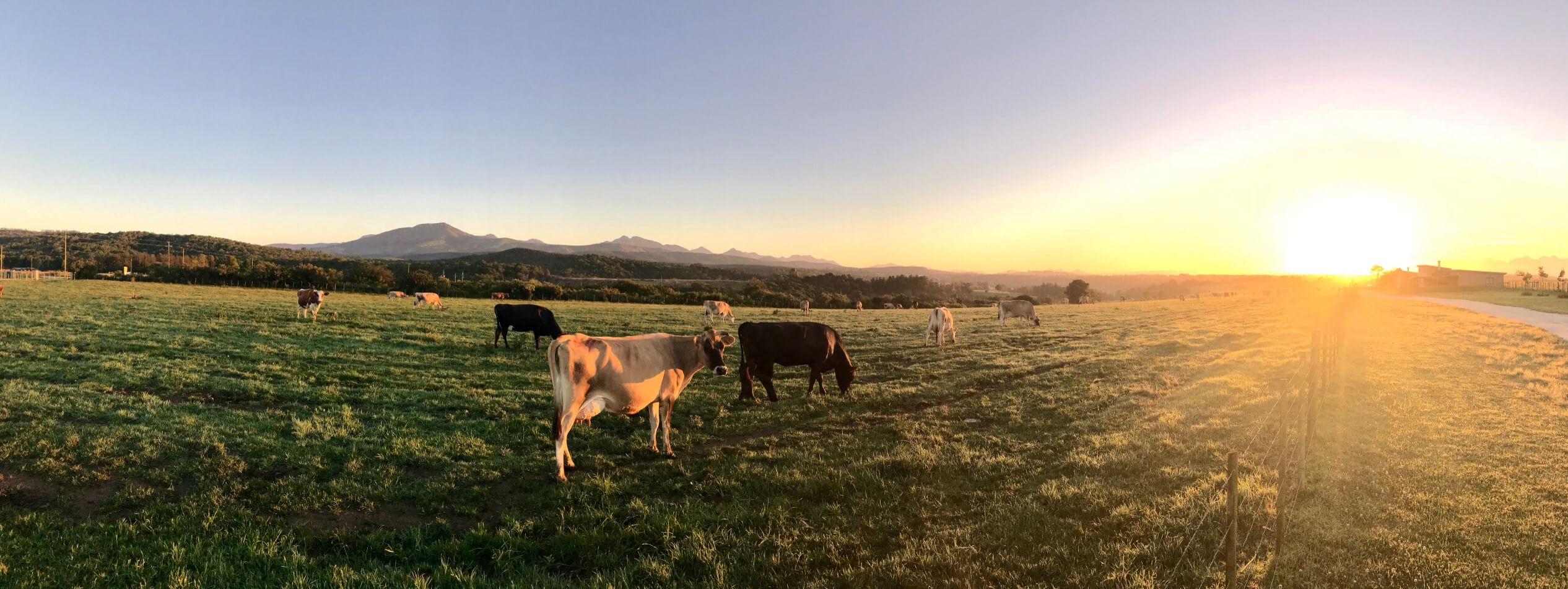Did you know that dairy cows can be carbon neutral? Yes, I am talking about greenhouse gas emissions neutral. I know it seems crazy. Especially when the dairy industry is one of the first attacked by people focussed on GHG emissions.
The problem is that statements like: the dairy industry contributes more emissions than the oil sector, are becoming more popular and widely accepted. This does not have to be the case.
How, you might ask? Emissions are not the only transfer of carbon happening on farms. On pasture-based dairy farms, where the cows are green ranging and free grazing, there is also sequestration taking place.
Pasture plants are well known to transfer large amounts of carbon from the atmosphere to the soil through photosynthesis (Photosynthesis – the true source of soil carbon). The extent to which this happens is influenced by the soil and grazing management practices the farmer applies.
When more carbon is transferred into the soil than what is emitted by cows, a dairy farm becomes carbon neutral. This means it has no net negative effect on climate change. It sounds crazy because of the reputation dairy cows have, but it is possible.
Trace & Save has examples of farms which are carbon neutral. The evidence is in this blog: Putting sustainable farming theory into practice. This has taken into account all direct and indirect emissions from farming, not just the direct emissions which most people reference.
We are fully aware that many dairy farms are having a negative impact on climate change, but we refuse to admit that this must be the norm. By implementing the correct practices on pasture-based dairy farms, we can change dairy cows into being carbon neutral.
Anyone interested in learning more about farming in a way that moves carbon from the atmosphere into the soil can read more here: Trace & Save Carbon Farming.
- A carbon footprint assessment for pasture-based dairy farming systems in South Africa - 2024-02-07
- What progress have farms participating with Trace & Save made over the past 10 years? - 2023-09-06
- Carbon footprint reduction over time: Lessons from pasture-based dairy farms in South Africa - 2023-09-04

